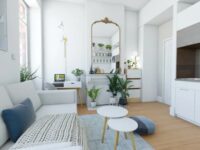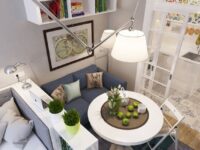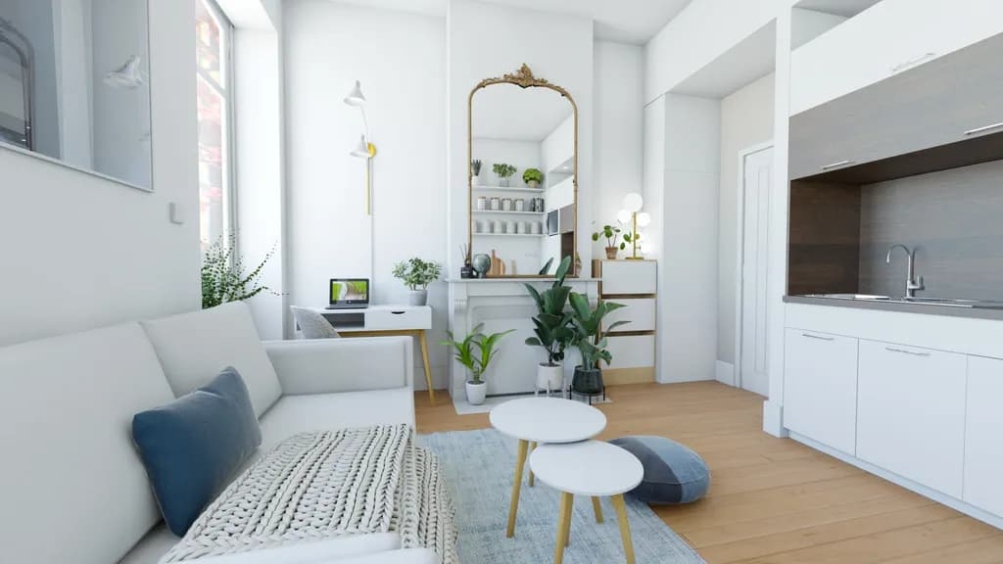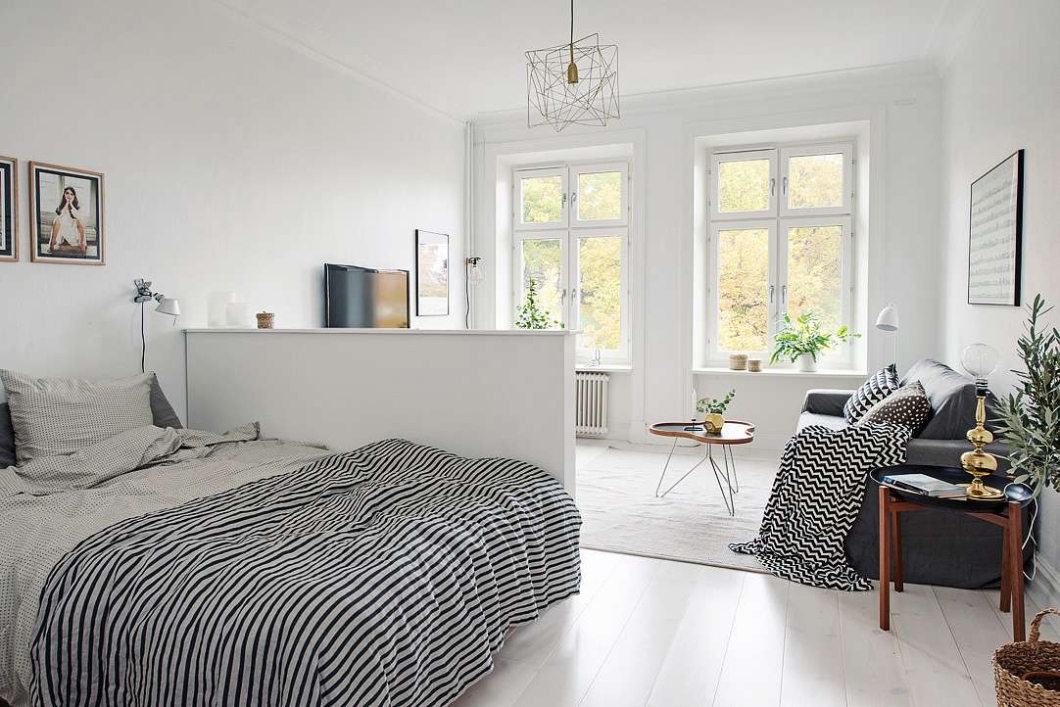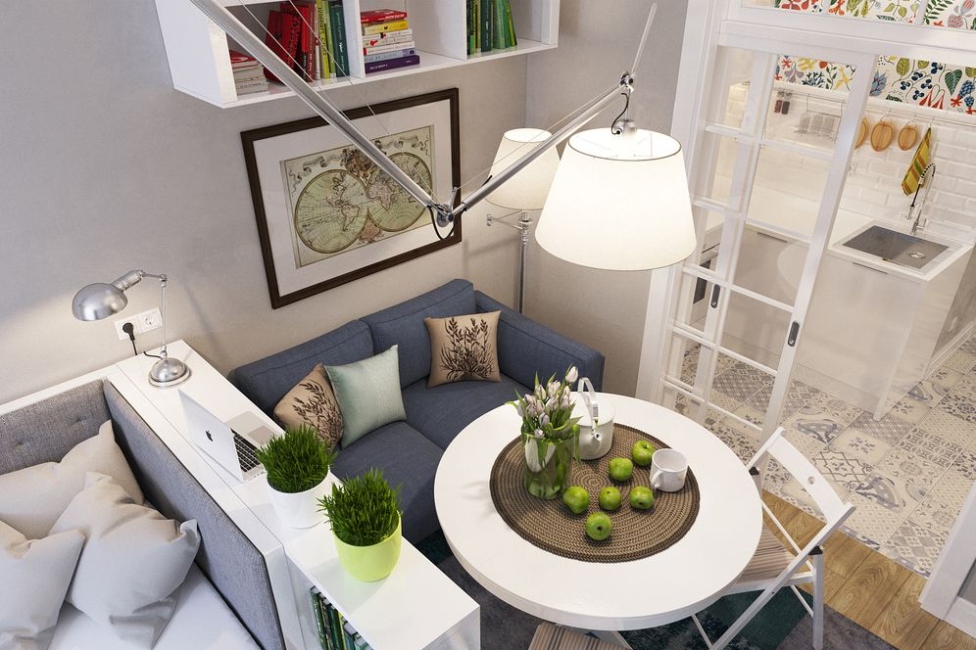how to Build a Home Studio
What do you mean by a home studio?
A home studio is a space in your home where you can create and record music, podcasts, videos, or any other type of content. It is a place where you can let your creativity flow and bring your ideas to life without the need for a professional studio.
How can you build a home studio?
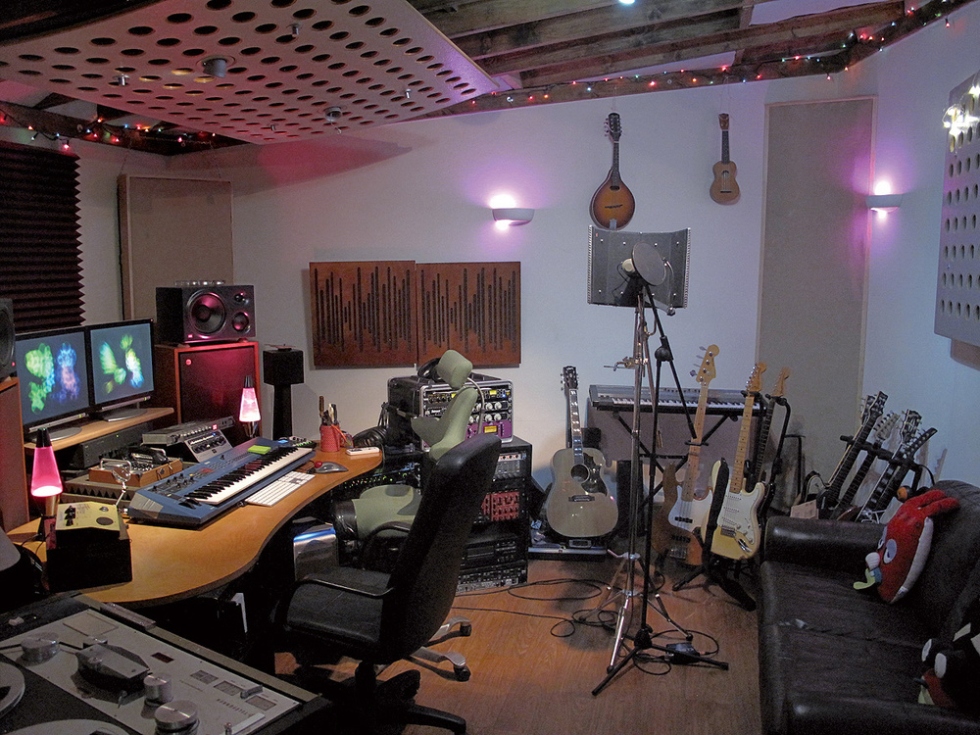
Image Source: cloudfront.net
Building a home studio can seem like a daunting task, but with the right equipment and setup, it can be a fun and rewarding experience. In this article, we will guide you through the process of setting up your own home studio step by step.
What is needed to build a home studio?
Before you start building your home studio, you will need to gather the necessary equipment and tools. Some of the essential items you will need include a computer, audio interface, microphone, headphones, and studio monitors. You will also need software for recording and editing your content, such as a digital audio workstation (DAW).
What is the known solution for building a home studio?
There are various ways to build a home studio, depending on your budget and space limitations. You can either convert an existing room in your home into a studio or build a separate structure like a shed or garage for your studio. The key is to create a space that is acoustically treated and free from external noise and distractions.
How to build a home studio
1. Choose a room: The first step in building a home studio is to choose a room in your home that will serve as your studio space. Ideally, you want a room that is quiet, well insulated, and away from any external noise.
2. Acoustic treatment: To ensure that your recordings sound professional, you will need to treat the room acoustically. This can be done by using sound-absorbing materials such as acoustic panels, bass traps, and diffusers.
3. Set up your equipment: Once you have chosen a room and treated it acoustically, it’s time to set up your equipment. This includes connecting your computer, audio interface, microphone, headphones, and studio monitors.
4. Install software: Next, you will need to install software on your computer for recording and editing your content. Popular digital audio workstations (DAWs) include Pro Tools, Logic Pro, and Ableton Live.
5. Test your setup: Before you start recording, it’s essential to test your setup to ensure that everything is working correctly. Make sure that your microphone is picking up sound, your headphones are working, and your audio interface is properly connected.
6. Start creating: Once you have set up your home studio, you can start creating and recording your content. Let your creativity flow and experiment with different sounds and ideas to produce high-quality content.
7. Practice and improve: Building a home studio is just the beginning. To truly excel in your craft, you will need to practice regularly and continue to improve your skills. Attend workshops, watch tutorials, and collaborate with other artists to enhance your knowledge and expertise.
Conclusion
Building a home studio can be a fulfilling and exciting process. By following the steps outlined in this article, you can create a space where you can unleash your creativity and produce professional-quality content. Remember to invest in high-quality equipment, treat your room acoustically, and continually strive to improve your skills to take your projects to the next level.
FAQs
1. How much does it cost to build a home studio?
The cost of building a home studio can vary depending on the quality of equipment you choose. You can start with a budget-friendly setup or invest in higher-end gear for a more professional studio.
2. Do I need a separate room for a home studio?
While having a separate room for your home studio is ideal, you can also convert an existing room into a studio with the right acoustic treatment.
3. Can I use my laptop as a recording device?
Yes, you can use your laptop as a recording device by connecting an audio interface and microphone to it. Make sure your laptop has enough processing power to handle recording and editing tasks.
4. Do I need to soundproof my home studio?
While soundproofing your home studio is not necessary, acoustic treatment is essential to ensure that your recordings sound professional and free from unwanted noise.
5. How can I improve the acoustics of my home studio?
You can improve the acoustics of your home studio by adding sound-absorbing materials such as acoustic panels, bass traps, and diffusers. Experiment with placement to find the optimal setup for your space.
6. What is the best software for recording and editing music?
Some popular digital audio workstations (DAWs) for recording and editing music include Pro Tools, Logic Pro, Ableton Live, and FL Studio. Choose the one that best fits your needs and workflow.
7. How can I promote my content created in my home studio?
To promote your content created in your home studio, you can share it on social media platforms, collaborate with other artists, and submit your work to online music platforms and blogs.
how to build a home studio

